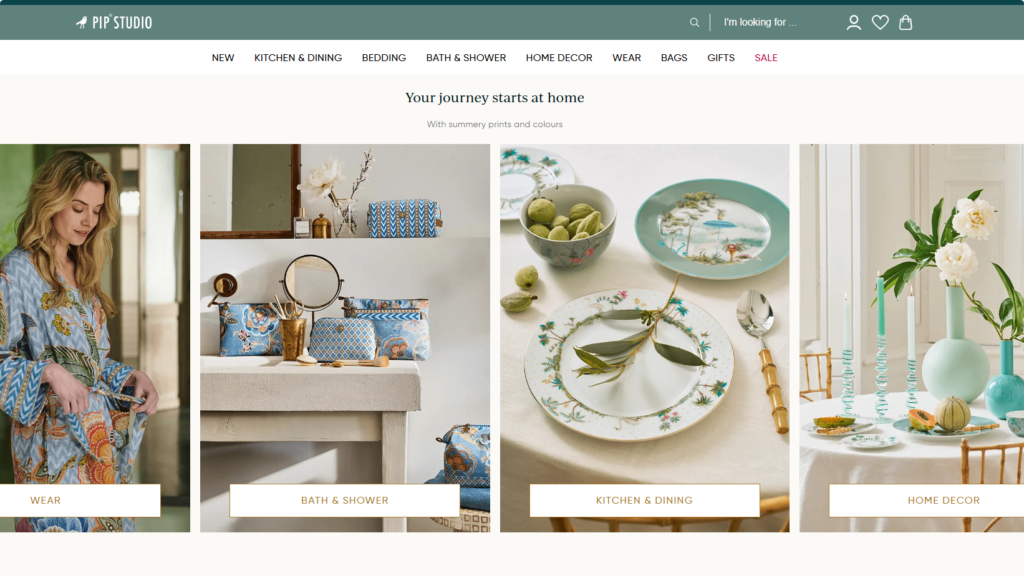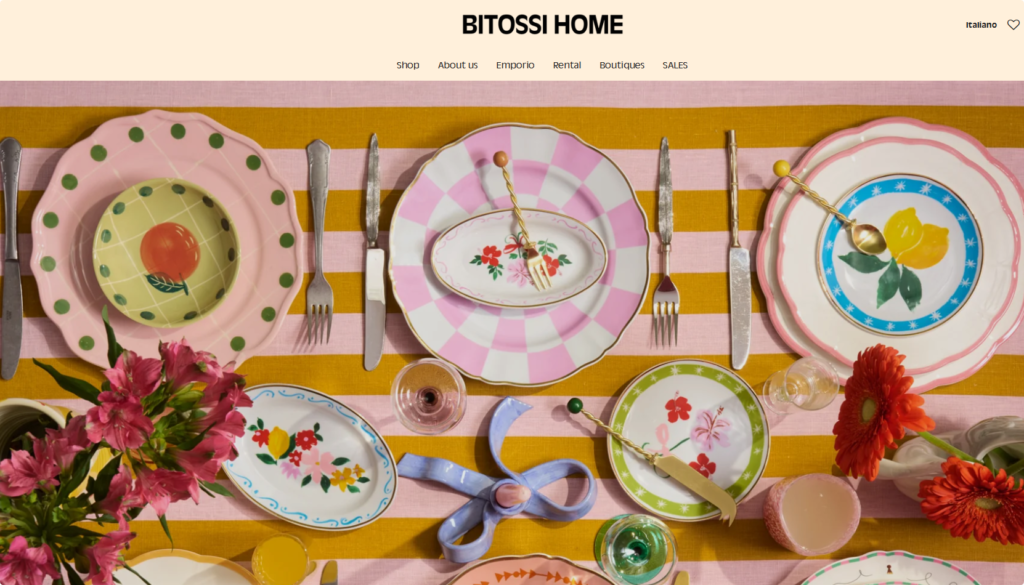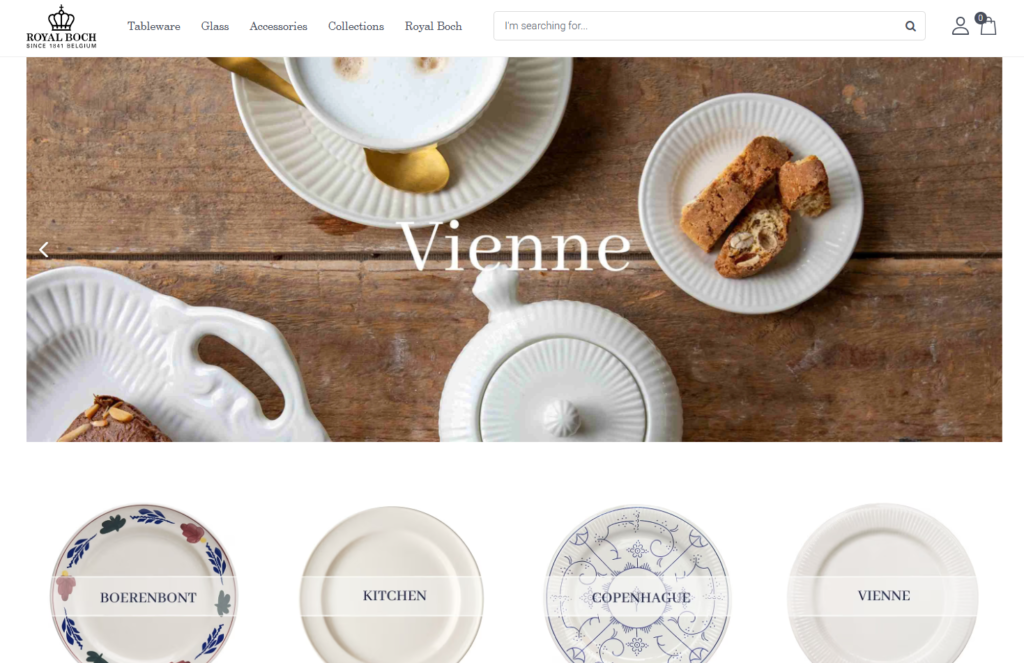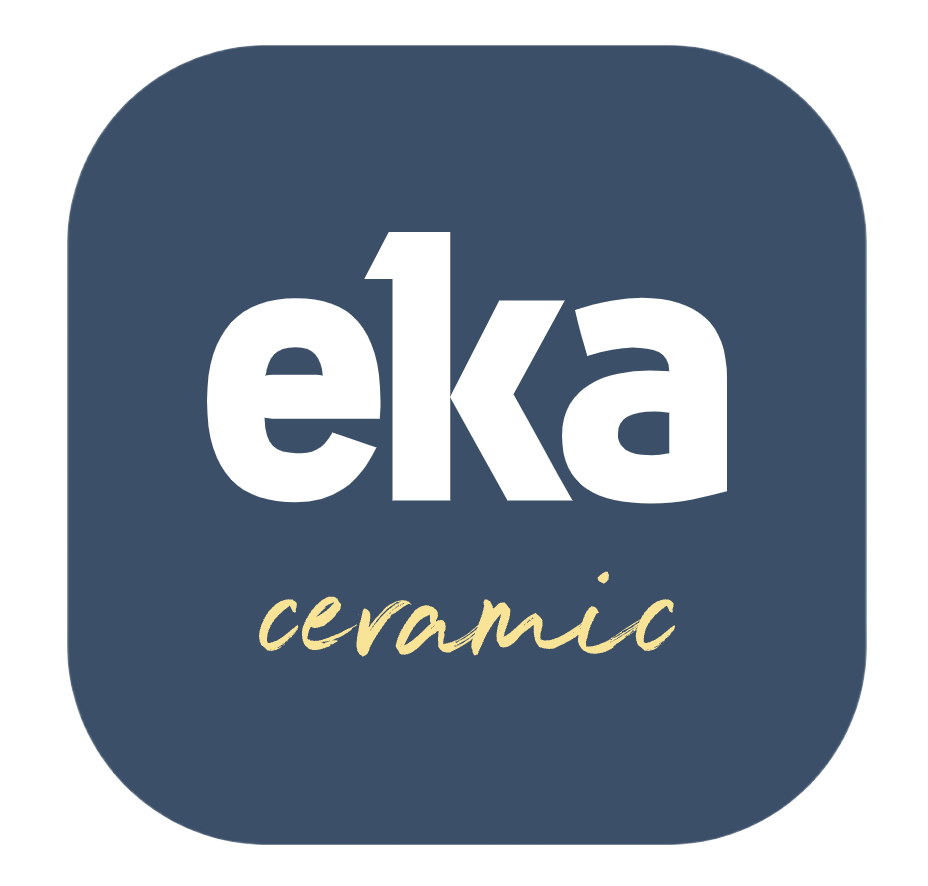Ceramic tableware has long been a staple of European homes and restaurants, known for its durability, elegance, and charm. As trends evolve toward artisanal craftsmanship and sustainable sourcing, importing ceramic tableware from reliable factories in Asia—especially China—has become an increasingly appealing option for retailers, boutique brands, and e-commerce businesses across Europe.
But how exactly does one go about importing ceramic tableware to the European market?
This comprehensive, step-by-step guide walks you through everything from product selection to customs clearance, while highlighting key compliance issues, brand examples, and smart sourcing strategies to simplify your import journey.
Why European Brands Are Turning to Asian Ceramic Manufacturers
Before we dive into the practical steps, it’s important to understand why European brands are increasingly sourcing from abroad.
- Cost efficiency: Asia-based manufacturers, especially in China, offer competitive pricing while maintaining high-quality production standards.
- Customization opportunities: Factories offer extensive OEM & ODM services, enabling European companies to build unique tableware lines under their own branding.
- Access to craftsmanship: Chinese ceramic hubs like Chaozhou and Jingdezhen boast centuries of ceramic expertise, combining traditional techniques with modern design.
Step-by-Step: How to Import Ceramic Tableware to Europe
1. Define Your Product Requirements
Before engaging with suppliers, you need a clear vision:
- Product types: Plates, bowls, mugs, tea sets, serving dishes, etc.
- Material preference: Stoneware, porcelain, bone china.
- Design features: Matte finish, glazed detailing, minimalist or floral patterns.
- Packaging options: Retail-ready boxes, gift sets, or bulk shipping cartons.
Such as custom printed ceramic dinner sets or stoneware plates with matte glaze can guide your search for suitable suppliers and improve visibility if you’re a retailer looking to rank in search results.
2. Research and Vet Suppliers
Use B2B platforms, trade shows, or sourcing agents to find reliable suppliers. When evaluating factories:
- Ask for certifications (ISO, SGS, LFGB, etc.)
- Review previous export experience to Europe.
- Request samples before committing to large orders.
3. Ensure EU Compliance
European markets are strict on product compliance, especially for items that come in contact with food. Make sure your tableware meets:
- REACH (Registration, Evaluation, Authorisation and Restriction of Chemicals)
- LFGB (German Food Law, essential for Germany-bound goods)
- Declaration of Conformity for ceramic products
- CE Marking if packaging includes electrical accessories (e.g., warming trays)
Failure to comply can result in customs seizure or consumer recalls.
4. Calculate Landed Costs
Before placing an order, calculate your Total Landed Cost, which includes:
- Product cost
- Freight (sea or air)
- Import duties
- VAT
- A value-added tax (VAT) is not a tariff, it is a consumption tax assessed on the value added in each production stage of a good or service. Every business along the value chain receives a tax credit for the VAT already paid. The end consumer does not, making it a tax on final consumption.
- Customs brokerage
5. Choose Shipping Terms: FOB vs. DDP
FOB (Free on Board) means the buyer takes ownership once the goods are loaded. You’ll arrange shipping, insurance, and customs clearance.
DDP (Delivered Duty Paid) means the seller takes care of everything, and you receive goods at your doorstep.
Here’s a comparison to help you decide:
| Term | Who Arranges Shipping | Who Handles Customs | Cost Transparency | Suitable For |
|---|---|---|---|---|
| FOB | Buyer | Buyer | Moderate | Experienced importers |
| DDP | Seller | Seller | High | First-time importers or small businesses |
6. Work with a Customs Broker
For smoother clearance, especially when handling food-contact items, partner with a licensed customs broker. They ensure your documents—like the commercial invoice, packing list, and certificates—are correctly submitted.
7. Final Delivery and Warehouse Preparation
Once the goods arrive, check:
- Product quantity and quality
- Labeling and barcode compliance
- Any damage from transit
Store your goods in a warehouse that meets hygiene and logistics standards for kitchenware products.
8 Popular European Ceramic Tableware Brands (2025)
To inspire your own sourcing journey, here are eight notable European brands successfully importing or designing ceramic tableware:
PIP Studio


Bitossi home
Royal Boch

| Brand | Country | Highlights |
|---|---|---|
| Broste Copenhagen | Denmark | Nordic minimalism, muted tones, rustic glazes |
| PIP Studio | Netherlands | Playful patterns, floral vintage styles |
| Serax | Belgium | Collaborations with chefs and designers, modern silhouettes |
| Bitossi Home | Italy | Bold colors, abstract art inspirations |
| Jars Céramistes | France | Handmade in workshops, reactive glazing techniques |
| Mateus | Sweden | Feminine palettes, Portuguese craftsmanship |
| Royal Boch | Belgium | Heritage brand with modern classics |
| Côté Table | France | Romantic European charm, ideal for premium gifting |
These brands serve different market segments—from boutique cafés to luxury retailers—and provide a benchmark for design direction, pricing strategy, and target audience.
FAQ: What People Are Also Asking
Q1: Do I need special licenses to import ceramic tableware to Europe?
You don’t need a special license for non-commercial quantities, but if you’re importing for resale, you must have an EORI number and ensure compliance with EU food-contact regulations.
Q2: What are common import duties on ceramic products in the EU?
Duties typically range from 5% to 12%, depending on the HS code classification. Countries in the EU may also apply 20% VAT.
Q3: Can I use private labeling on imported tableware?
Yes. Most suppliers offer private labeling under OEM terms, allowing you to print your logo or create custom packaging for your ceramic dinnerware collection.
Q4: What is the minimum order quantity (MOQ) for importing ceramic tableware?
MOQs range from 500 to 2000 pieces, depending on the level of customization and material type.
Q5: What’s the lead time for bulk ceramic orders?
Generally, 30–60 days, including production and quality control. Shipping adds an additional 20–40 days, depending on your location and method.
Final Thoughts
Importing ceramic tableware to Europe is a rewarding yet detail-oriented process. It requires careful planning—from selecting the right products and suppliers to ensuring full regulatory compliance. For businesses looking to create their own signature tableware line, working with a factory that offers both OEM and ODM services is key.
At the end of the day, successful importing isn’t just about getting products from Point A to Point B. It’s about curating a product line that resonates with your brand, complies with European standards, and delights your customers.
If you’re looking for a reliable ceramic tableware factory in China that supports OEM and ODM services tailored for global home and kitchen brands, we’re here to help make your vision a reality.

